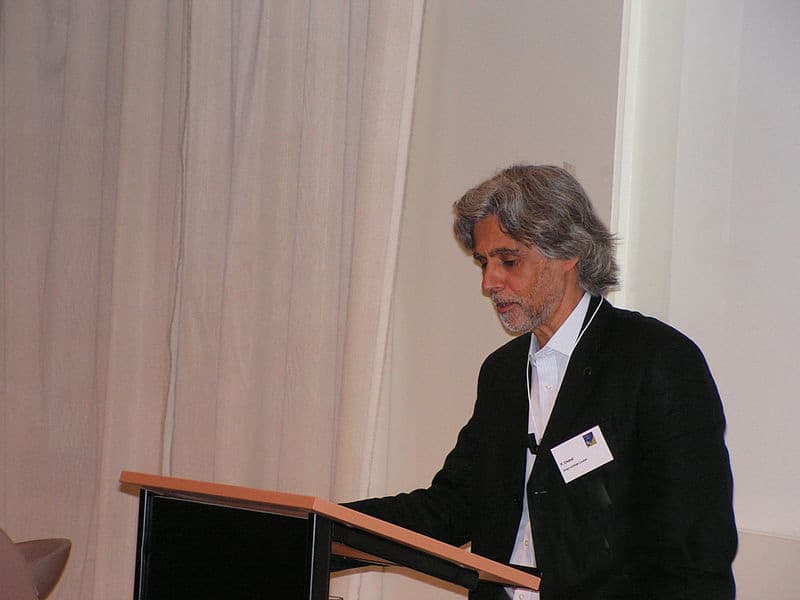
24décembre
Patrick Chabal (1951-2014)/Amílcar Cabral : revolutionary leadership and people’s war/Contents
Patrick Chabal
Amílcar Cabral: revolutionary leadership and people’s war
Cambridge; New York : Cambridge University Press, 1983. xiii, 272 p.
| Patrick Chabal. (1951-2014) | Amílcar Lopez Cabral (1924-1973) |
Contents
List of tables
List of maps
Abbreviations
Acknowledgments
Introduction
I. Colonial rule in Guinea and Cape Verde
- Guinea
- Physical features and socio-economic characteristics
- History
- Colonial administration and policies
- Colonial economy
- Cape Verde
II. Amílcar Cabral: formative influences (1924-1959)
- Early years (1924-1945)
- Student in Lisbon (1945-1952)
- Political and cultural influences
- Agronomist and aspiring political activist (1952-1959)
III. From nationalist agitation to war of national liberation (1956-1964)
- Brief history of the period 1956-1964
- The creation of an instrument of national liberation
- The development of a strategy of national liberation
- The PAIGC in crisis: a brief analysis of the Cassacá Congress
- The diplomacy of national liberation
IV. Consolidation of power and the creation of a new state (1964-1973)
- Brief history of the period 1964-1973
- The military strategy and tactics of the PAIGC
- Political and economic reconstruction in the liberated areas
- Social reconstruction in the liberated areas
- Towards independence: party, state and the 1972 elections
V. Cabral’s political legacy
- Cabral’s assassination: facts and implications
- Cabral and Portugal
- Cabral as revolutionary leader: the PAIGC since independence
VI. Amílcar Cabral: social and political thought
- Political values and theoretical foundations
- Social classes and national liberation
- Social classes and revolution: state and party
- Culture and national liberation
VII. People’s wars in lusophone Africa: a comparative perspective
- Context
- Process
- From people’s war to revolution?
- Conclusion
Notes
Bibliography
Index
No Comments
Sorry, the comment form is closed at this time.
